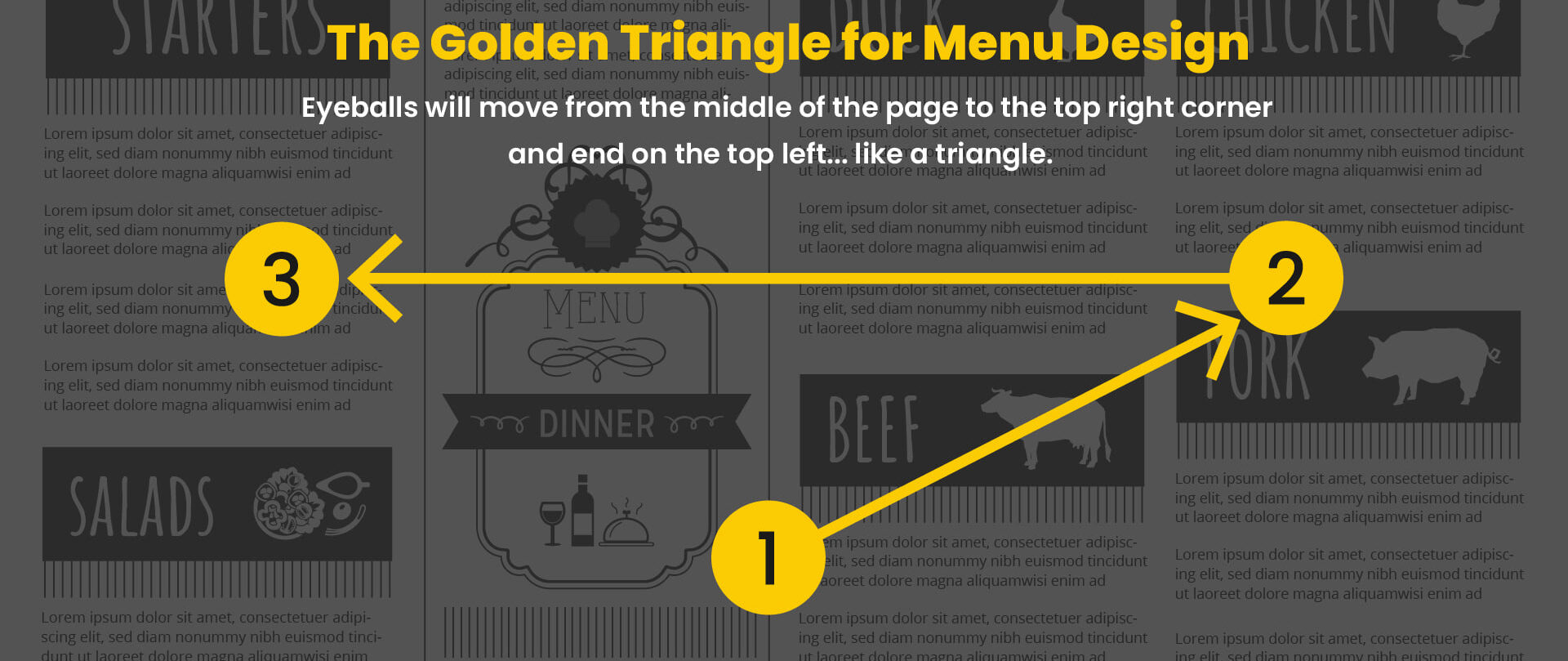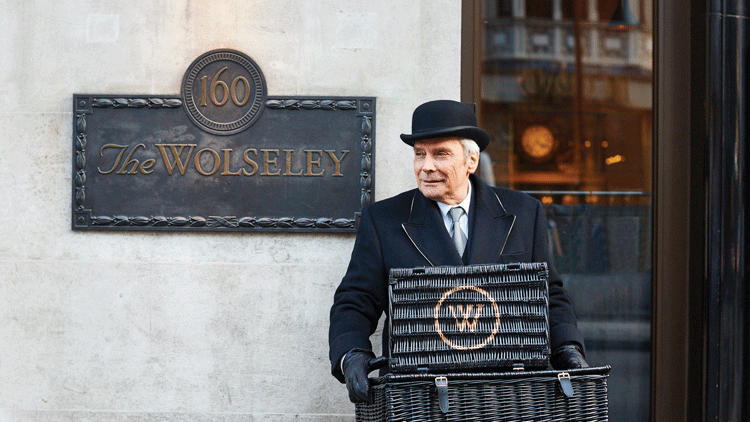How AI is Changing the Restaurant Industry
The restaurant industry is one of the largest and most competitive industries in the world. In order to stay ahead of the competition, restaurants are constantly looking for new ways to improve their operations and customer service. In recent years, artificial intelligence (AI) has emerged as a powerful tool that can help restaurants to achieve these goals.
AI is a branch of computer science that deals with the creation of intelligent agents, which are systems that can reason, learn, and act autonomously. AI has been used in a wide variety of applications, including natural language processing, image recognition, and robotics. In recent years, AI has begun to be used in the restaurant industry, with a variety of applications that are already having a positive impact on the industry.
One of the most common ways that AI is being used in restaurants is to improve customer service. AI-powered chatbots can answer customer questions, resolve issues, and even make reservations. This can free up human employees to focus on other tasks, such as preparing food and interacting with customers in person. For example, Domino’s Pizza has used AI to create a chatbot that can answer customer questions about orders, track delivery status, and even offer suggestions for new menu items.
Another way that AI is being used in restaurants is to increase efficiency. AI can be used to automate tasks such as inventory management, scheduling, and marketing. This can help restaurants save time and money, and it can also help them to improve their bottom line. For example, Chipotle Mexican Grill uses AI to track inventory levels and predict demand. This helps the company to ensure that it always has the right amount of food on hand, which reduces waste and costs.
AI can also be used to personalise experiences for customers. AI can collect data about customers’ preferences and habits. This data can then be used to create personalised experiences for customers, such as recommending dishes or offering discounts on items that they are likely to be interested in. For example, Starbucks uses AI to create personalised recommendations for customers based on their past purchases.



